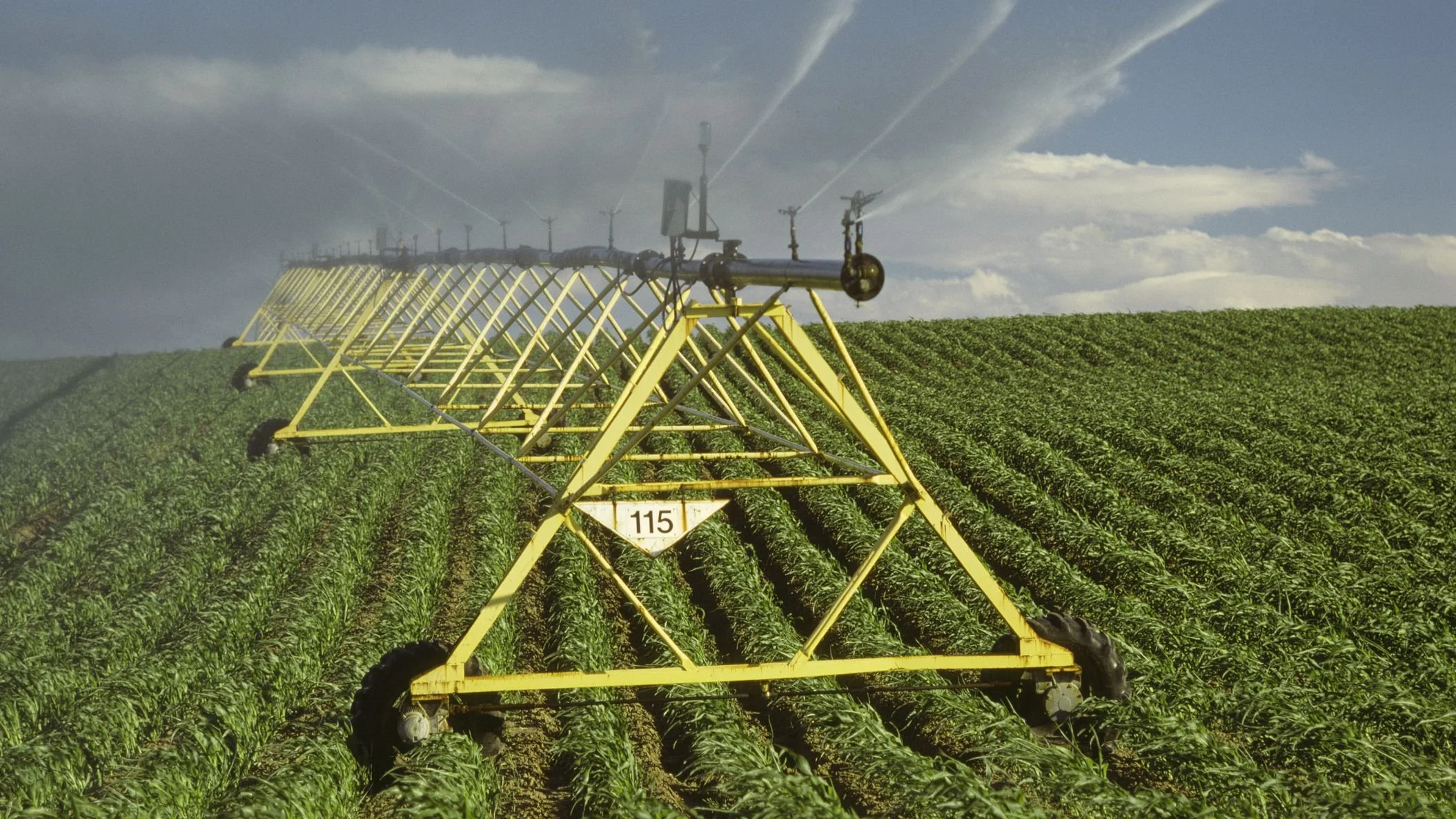How to Tell Good AgTech from Bad
What many human rights reports have indicated is that technology is not an answer in and of itself. Technology is only as good as the system its embedded in. -- Michael Fakhri, United Nations’ Special Rapporteur on the Right to Food.
By Peter Ruddock
Founder of Resilient Foodsheds
As long as there has been agriculture, there has been agricultural technology - AgTech. From the earliest days of agriculture farmers created tools to assist them in growing and processing their crops, things like dibble sticks for planting and baskets for winnowing. Even in the earliest days, new technologies caused side effects as well as their intended effects, as irrigation caused increased soil salinity in the Fertile Crescent.
It’s just been a couple of centuries since the start of the Industrial Revolution created a definitive change in scale, both in the effects and the side effects of the tools being used. Industrial tools were increasingly not created by farmers, but by scientists thinking about agricultural work as a problem.
● As recently as the 1830s the American prairie defeated the plows of the European settlers. But when John Deere created the self-scouring steel plow in 1837, the prairie’s fate was sealed. Today, soil erosion of the former prairie is a major problem, the soil having been flushed down the Mississippi River. And there is very little tallgrass prairie left compared to 1837.
● Starting near the end of the 19th century, lead and arsenic-based pesticides were used to help orchardists to grow more fruit. But these chemicals poisoned the soil, such that to this day old orchard land cannot be used to safely grow crops or where children will play.
● In the 1950s, tomato growers wanting to replace labor started using automated tomato picking machines, but the technology at the time tented to damage tomatoes. So, in conjunction with the machines, breeders created new types of tomatoes just to withstand the pickers, tomatoes that were considerably less tasty. These tomatoes were not very palatable, but were used in ketchup and other sauces, where the tomato taste was augmented by salt and sugar and other ingredients to create an acceptable taste.
● We’ll have to leave tales of genetic engineering and the terminator gene for some other time.
So, what lesson do we take from these tales of effect and side-effect? Certainly not as the Luddites did, that we should eschew all technology. As often, there is a middle ground, where we create a process to evaluate a technology to discuss its pros and cons - its effects and side-effects - before deploying it widely, or perhaps before deciding not to deploy it at all.
As such, let’s propose some Rules for Good AgTech. These rules will adhere to the triple bottom line: they will benefit planet, people and profit. That is:
● Good AgTech does not hurt the earth.
● Good AgTech does not hurt farmers or workers.
● Good AgTech does not corrupt the food, making it less tasty or nutritious. It thereby does not hurt eaters.
● Good AgTech does not overly concentrate wealth. It lets farmers and workers earn a living.
Peter Ruddock is a guest contributor to From Farms to Incubators and an advocate for sustainable food and all things that strengthen local food economies.



